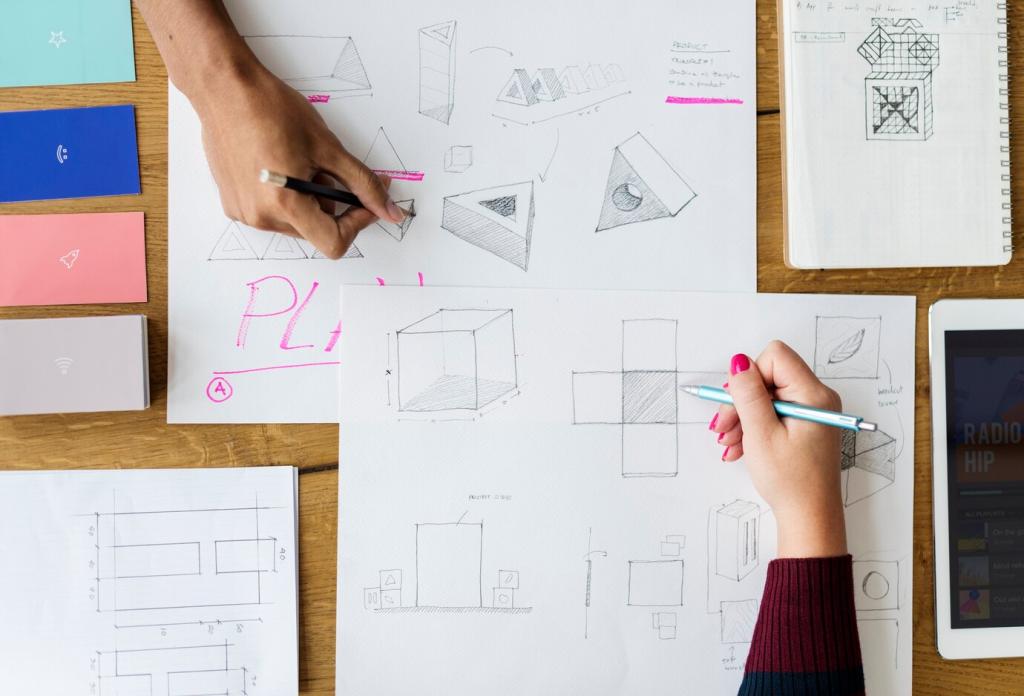Why Mobile Navigation Patterns Matter
Consistent navigation patterns lower cognitive load by making destinations predictable and labels understandable. When users recognize recurring cues, they focus on tasks, not maps, and complete goals faster with fewer errors.
Why Mobile Navigation Patterns Matter
Within the first minute, navigation either builds trust or breaks it. Clear signposts, reachable controls, and accessible affordances tell newcomers they are safe to explore without fear of getting lost or making irreversible mistakes.







